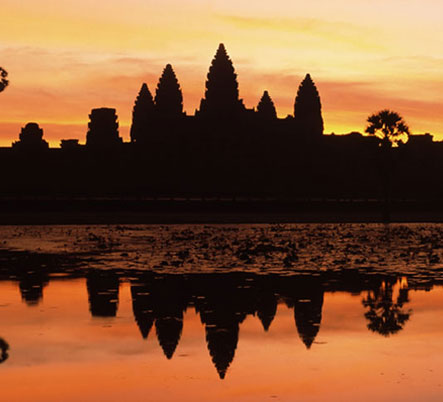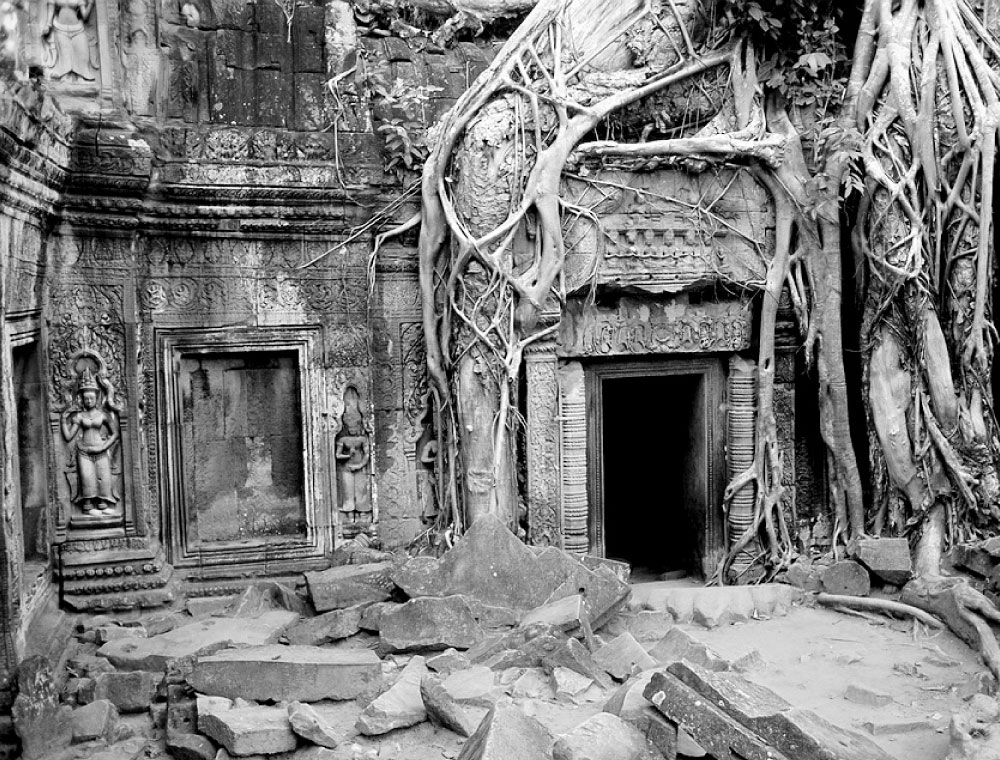Cambodia, land of the Angkor Kings
For over five hundred years, Angkor was at the core of one of humankind's greatest civilizations. The mighty “Devaraja” or God-kings ruled a vast swathes of what is now Southeast Asia from their heartland in the northern plains of Cambodia. They built immense and dazzling cities and temples decorated with intricate stone carvings to honour both their gods and themselves. At its height in the late 12th century , Angkor is believed to have been home to about one million people. One of the largest cities on earth at that time.
Like other great empires before and since, the mighty Khmer civilization eventually declined. In the 15th century, the Ayutthaya Thais sacked the city several times until eventually it was abandoned and entire population, including the Royal Court moved to current day Phnom Penh. Once abandoned, the jungle quickly reclaimed the temples and they remained lost to the outside world until their rediscovery in 1860 by the French explorer Henri Mahout.
It has been said the temples of Angkor represent the finest architectural artistry in human history. To comprehend their grandeur and magnificence requires imagination. Imagine the Great Egyptian Pyramids at Giza if every stone were carved with portrayals of fantastic myths and legends. To better grasp the sheer scale, both St. Peter’s Basilica in Rome and St. Paul’s Cathedral in London would fit easily inside the perimeter walls of Angkor Wat.
The country of Cambodia itself remained a quiet, undisturbed backwater for much of the last century. Now emerging from years of isolation, the country offers a true taste of Southeast Asia before the arrival of mass tourism and rampant commercialisation.
Together with the other countries of Indochina, Cambodia has had its fill of tragedy. Yet its people are nothing if not pragmatic and forward looking. Cambodia today has much to offer the curious and adventurous traveller.

